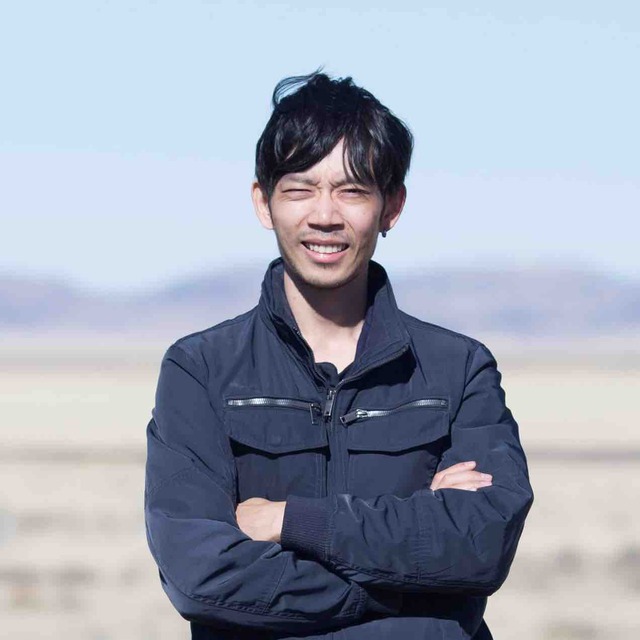April
2018
•
2018ApJ...857...25D
Authors
•
Diego, Jose M.
•
Kaiser, Nick
•
Broadhurst, Tom
•
Kelly, Patrick L.
•
Rodney, Steve
•
Morishita, Takahiro
•
Oguri, Masamune
•
Ross, Timothy W.
•
Zitrin, Adi
•
Jauzac, Mathilde
•
Richard, Johan
•
Williams, Liliya
•
Vega-Ferrero, Jesus
•
Frye, Brenda
•
Filippenko, Alexei V.
Abstract
•
A galaxy cluster acts as a cosmic telescope over background galaxies but also as a cosmic microscope magnifying the imperfections of the lens. The diverging magnification of lensing caustics enhances the microlensing effect of substructure present within the lensing mass. Fine-scale structure can be accessed as a moving background source brightens and disappears when crossing these caustics. The recent discovery of a distant lensed star near the Einstein radius of the galaxy cluster MACSJ1149.5+2223 allows a rare opportunity to reach subsolar-mass microlensing through a supercritical column of cluster matter. Here we compare these observations with high-resolution ray-tracing simulations that include stellar microlensing set by the observed intracluster starlight and also primordial black holes that may be responsible for the recently observed LIGO events. We explore different scenarios with microlenses from the intracluster medium and black holes, including primordial ones, and examine strategies to exploit these unique alignments. We find that the best constraints on the fraction of compact dark matter (DM) in the small-mass regime can be obtained in regions of the cluster where the intracluster medium plays a negligible role. This new lensing phenomenon should be widespread and can be detected within modest-redshift lensed galaxies so that the luminosity distance is not prohibitive for detecting individual magnified stars. High-cadence Hubble Space Telescope monitoring of several such optimal arcs will be rewarded by an unprecedented mass spectrum of compact objects that can contribute to uncovering the nature of DM.
Links




